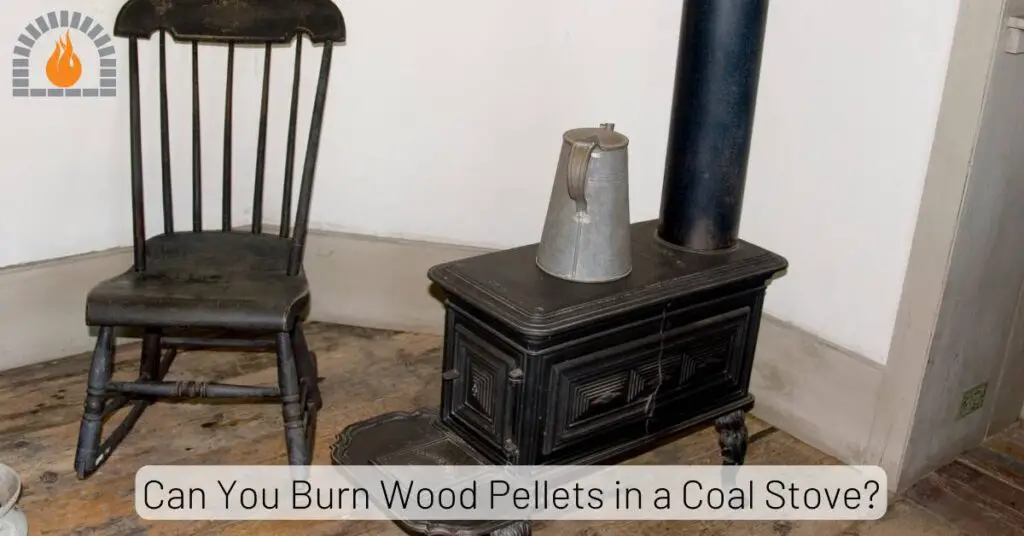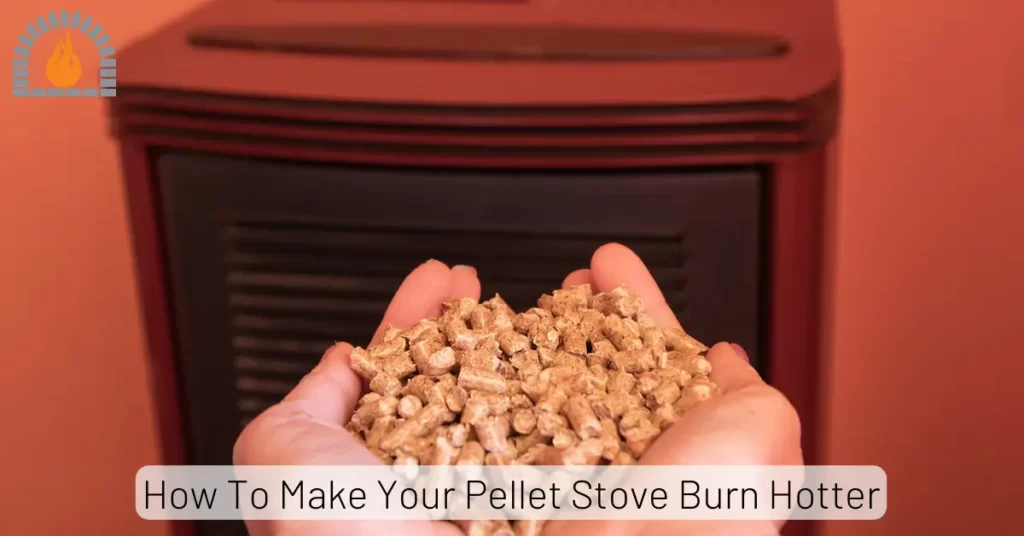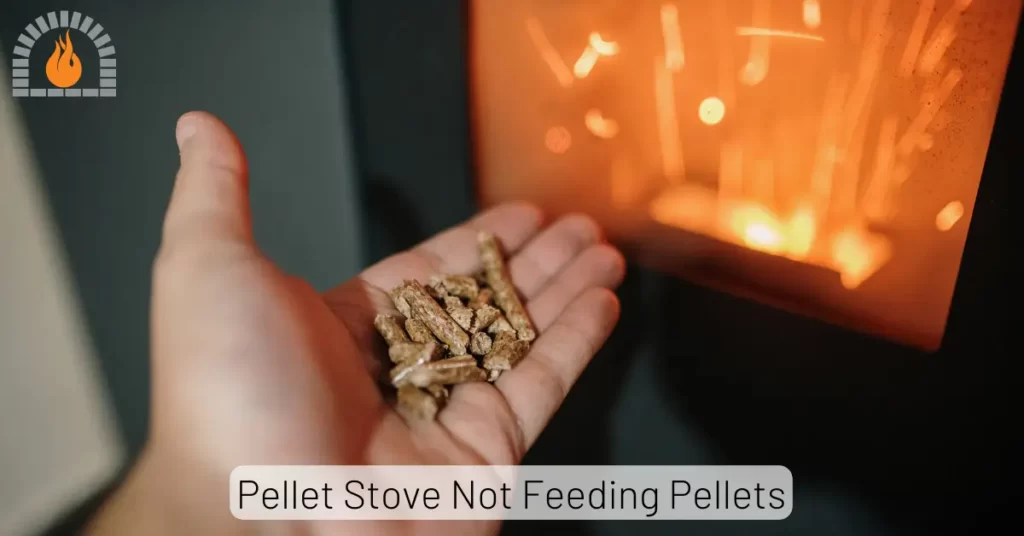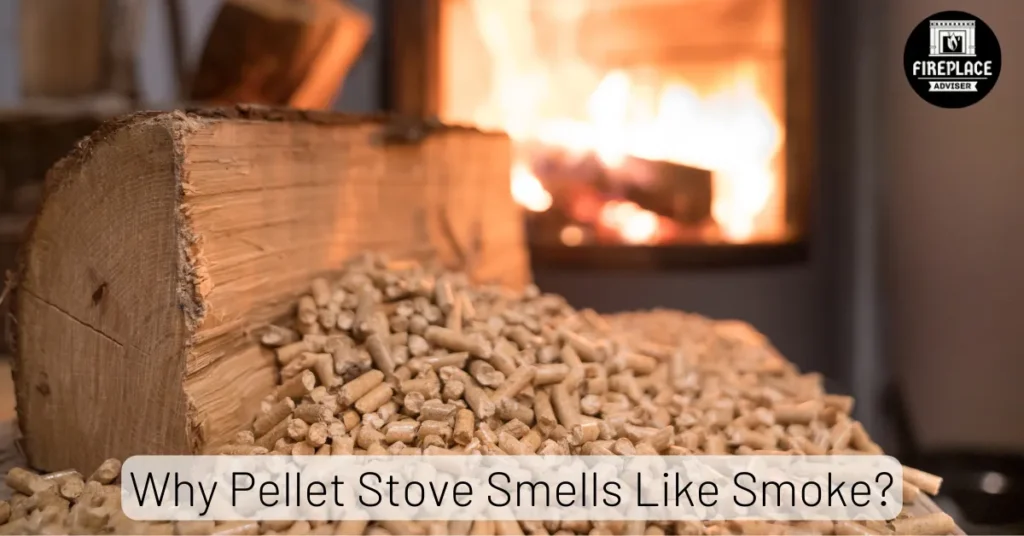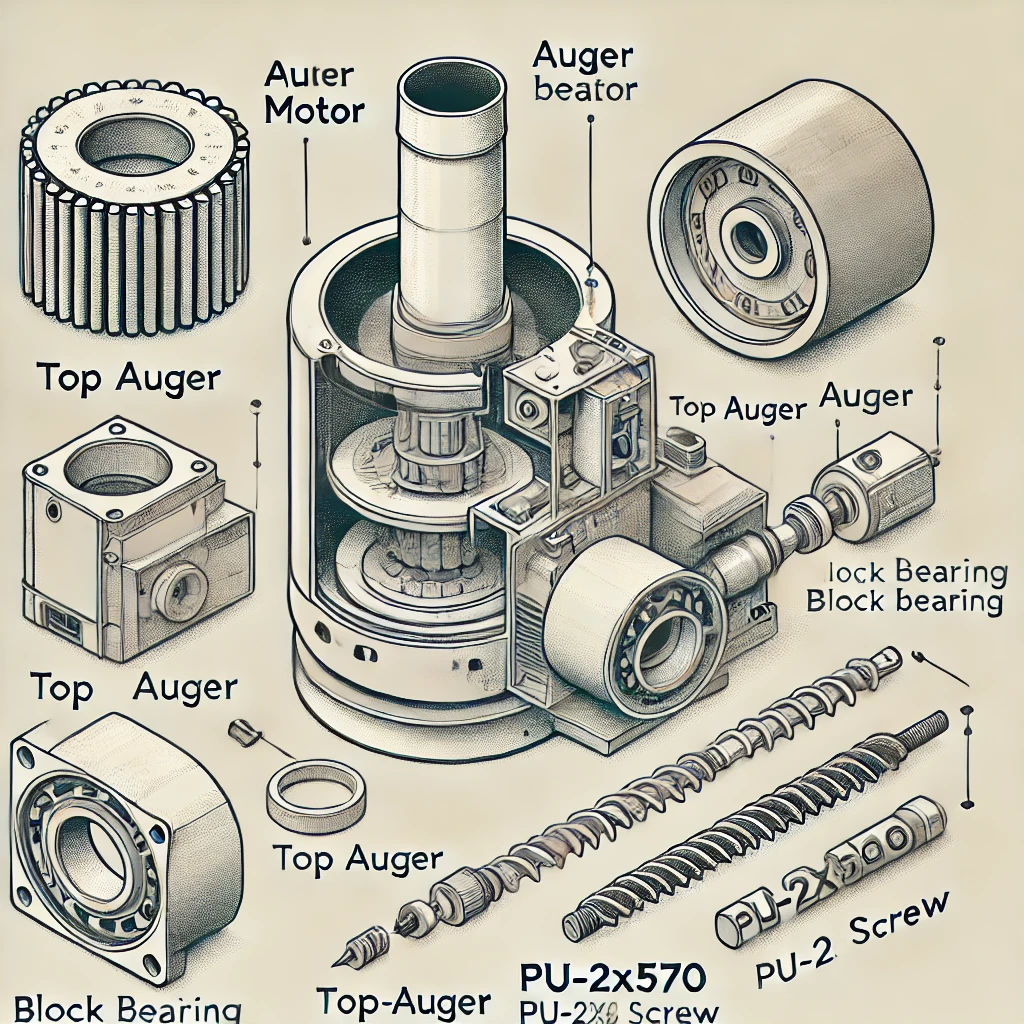Pellet stoves have become a popular heating option in many households thanks to their efficiency, ease of use, and environmental benefits. However, a common question people ask is: Is burning wood in a pellet stove safe?
It’s an important question since safety should always come first when using heating appliances in your home.
In this article, we’ll explore whether it’s safe to burn wood in a pellet stove, why manufacturers advise against it, and how using inappropriate fuels could compromise both your safety and the performance of your stove.
What Are Pellet Stoves?
Pellet stoves are heating devices that burn small, compressed pellets made from biomass materials such as wood shavings, sawdust, or agricultural waste.
Unlike traditional wood-burning stoves, these appliances rely on automated feeding mechanisms to continuously deliver pellets into the combustion chamber, ensuring efficient and controlled burning.
Can You Burn Wood in a Pellet Stove?
No.
While it may seem logical to burn firewood in a pellet stove when you’re running low on pellets, it’s not recommended. Pellet stoves are engineered to burn only specific types of fuel, primarily wood pellets. Using other materials, such as firewood, can cause several problems.
Premium Pick
Product Headline Goes Here
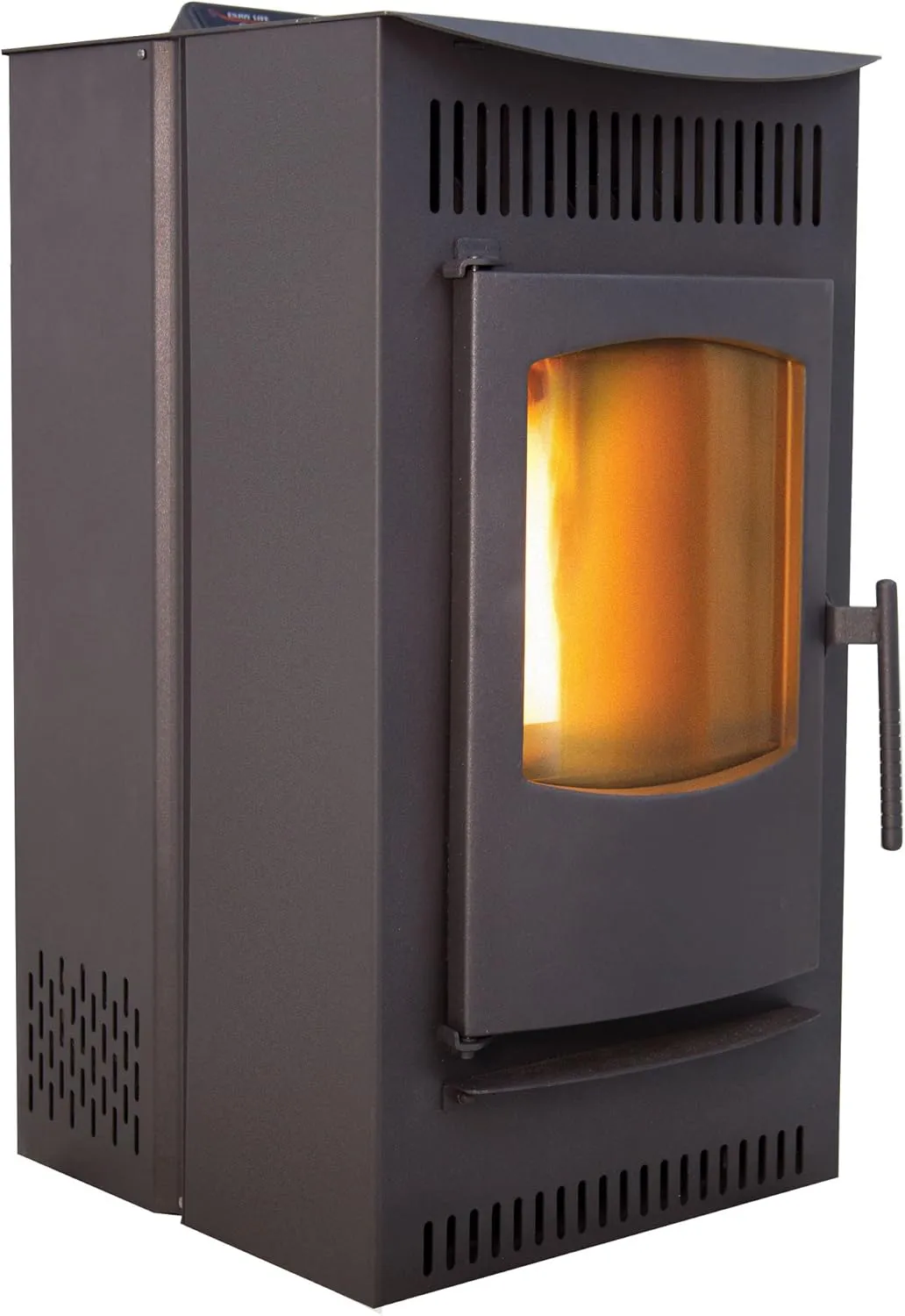
Best Value
Product Headline Goes Here
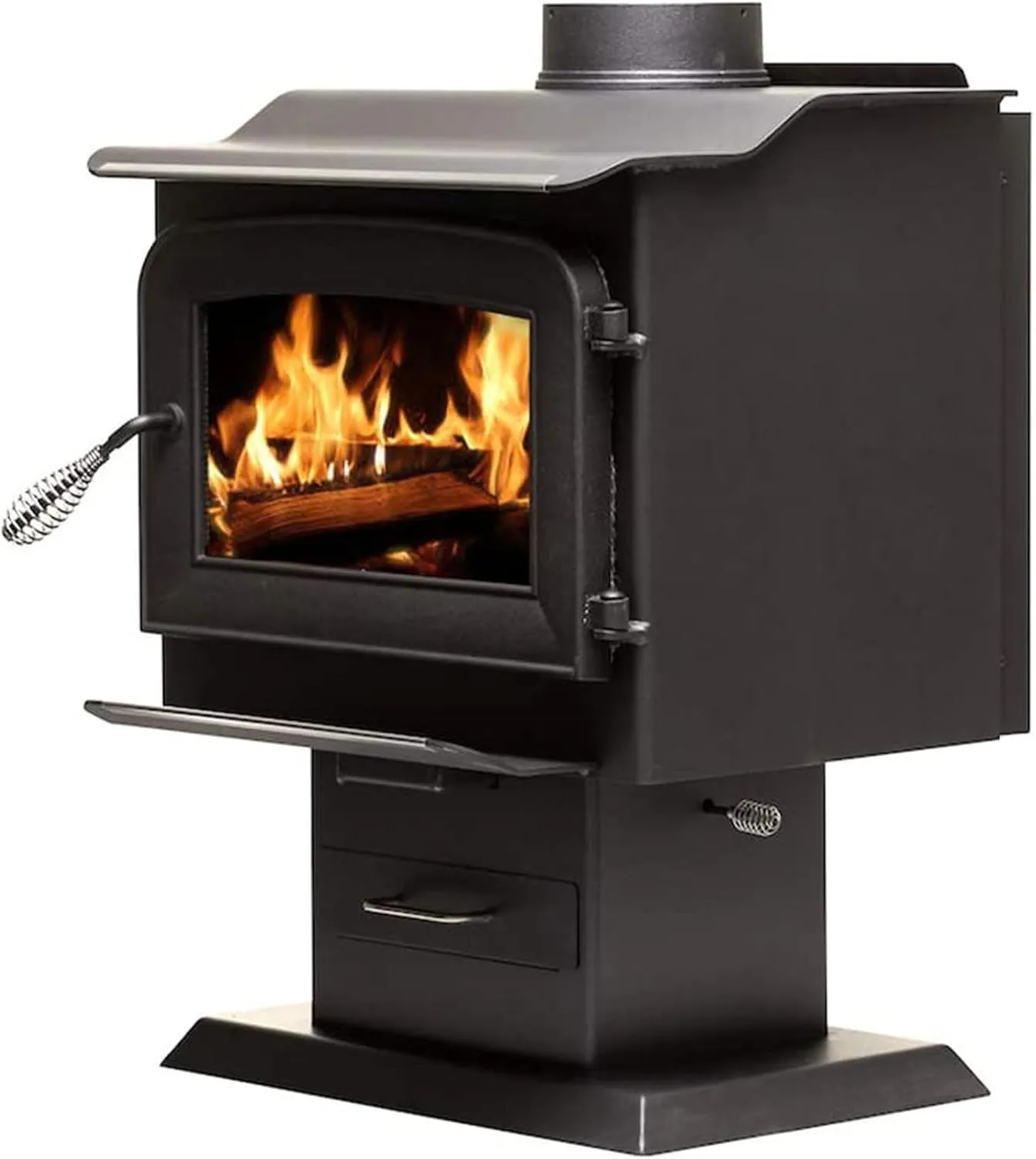
Differences Between Wood Pellets and Traditional Firewood
Wood pellets and traditional firewood are quite different. Pellets are small, uniform cylinders with low moisture content (below 10%), making them more efficient to burn. In contrast, firewood contains more moisture and burns less efficiently, producing more smoke and residue.
Pellets are specifically designed to work with the auger and feeding mechanisms of pellet stoves, while traditional wood can cause significant operational issues.
Why Burning Wood in a Pellet Stove Isn’t Recommended
Pellet stoves have a narrow feed system, and a combustion chamber optimized for pellets. Placing traditional firewood in the chamber can disrupt this balance.
Unlike pellets, wood logs are not automatically fed, leading to improper burning, inefficient heat, and potential clogging of the system.
Safety Concerns of Burning Wood in a Pellet Stove
Using the wrong type of fuel can result in dangerous safety issues, including:
-
Creosote Buildup: Burning traditional wood produces creosote, a highly flammable substance that can accumulate in the stove and chimney.
-
Chimney Fires: Excessive creosote can ignite and cause chimney fires, a serious hazard in residential settings.
-
Toxic Emissions: Firewood burns less efficiently, releasing more carbon monoxide and particulate matter, which can impact indoor air quality.
What Happens If You Use Firewood Instead of Pellets?
Burning firewood can damage the internal components of a pellet stove. For example, the auger system, designed to transport small pellets, can become jammed by larger or irregular pieces of wood.
The combustion chamber might overheat, potentially causing cracks or warping in the stove body.
Proper Fuels for Pellet Stoves
Pellet stoves are designed to burn wood pellets that come in softwood or hardwood varieties. Other specialty fuels, such as corn pellets or biomass blends, can also be used if recommended by the stove manufacturer.
Stick to approved fuels to ensure safe operation and optimal performance.
How to Ensure Safe Operation of Your Pellet Stove
Regular maintenance is key to keeping your pellet stove running safely. Clean the stove’s burn pot, inspect the auger system, and make sure the chimney is clear of blockages.
Routine checks will prevent accidents and keep the stove performing at its best.
If you notice unusual smoke or the stove isn’t heating efficiently, it could indicate a blockage or malfunction. Keep an eye out for signs like poor airflow, soot buildup, or unusual smells, which could point to carbon monoxide leakage.
Pellet Stove Safety Tips
-
Install carbon monoxide detectors and smoke alarms near your pellet stove.
-
Maintain a safe distance between the stove and flammable items, such as curtains or furniture.
-
Follow the manufacturer’s guidelines for cleaning and maintenance.
FAQs
Can I mix firewood with pellets in my pellet stove?
No, mixing firewood with pellets can damage the stove and create safety risks. Stick to approved fuels only.
What’s the difference between a wood stove and a pellet stove?
A wood stove burns traditional firewood, while a pellet stove uses compressed pellets and has an automated feed system.
How often should I clean my pellet stove?
Clean the burn pot weekly and perform a deep cleaning of the stove and chimney annually.
Are softwood pellets better than hardwood pellets?
Both types have their advantages. Softwood pellets produce more heat, while hardwood pellets burn longer.
Can pellet stoves heat an entire house?
Yes, with proper sizing and ventilation, pellet stoves can provide heat for an entire home.
Affiliate Disclosure: Fireplaceadviser.com is a participant in the Amazon Services LLC Associates Program. We may earn a commission when you click on certain links on this site and purchase.

Hello!! I am Jamal Khan. I often fix my home electric heaters and gas stove problems and research the common issues in the heating units to improve my knowledge and expertise. The aim of establishing fireplaceadviser.com is to share my expertise and knowledge with my audience.













